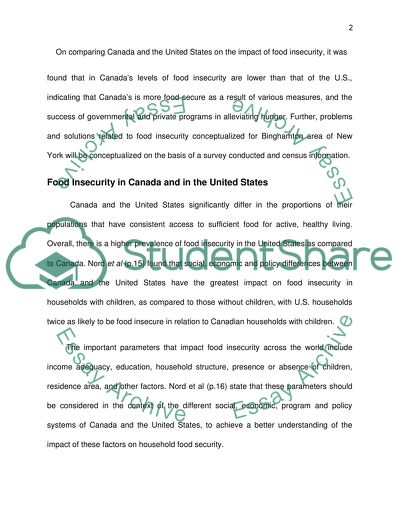Cite this document
(“Food Insecurity and Soup Kitchens Research Paper”, n.d.)
Retrieved from https://studentshare.org/geography/1438619-food-insecurity-and-soup-kitchens
Retrieved from https://studentshare.org/geography/1438619-food-insecurity-and-soup-kitchens
(Food Insecurity and Soup Kitchens Research Paper)
https://studentshare.org/geography/1438619-food-insecurity-and-soup-kitchens.
https://studentshare.org/geography/1438619-food-insecurity-and-soup-kitchens.
“Food Insecurity and Soup Kitchens Research Paper”, n.d. https://studentshare.org/geography/1438619-food-insecurity-and-soup-kitchens.


